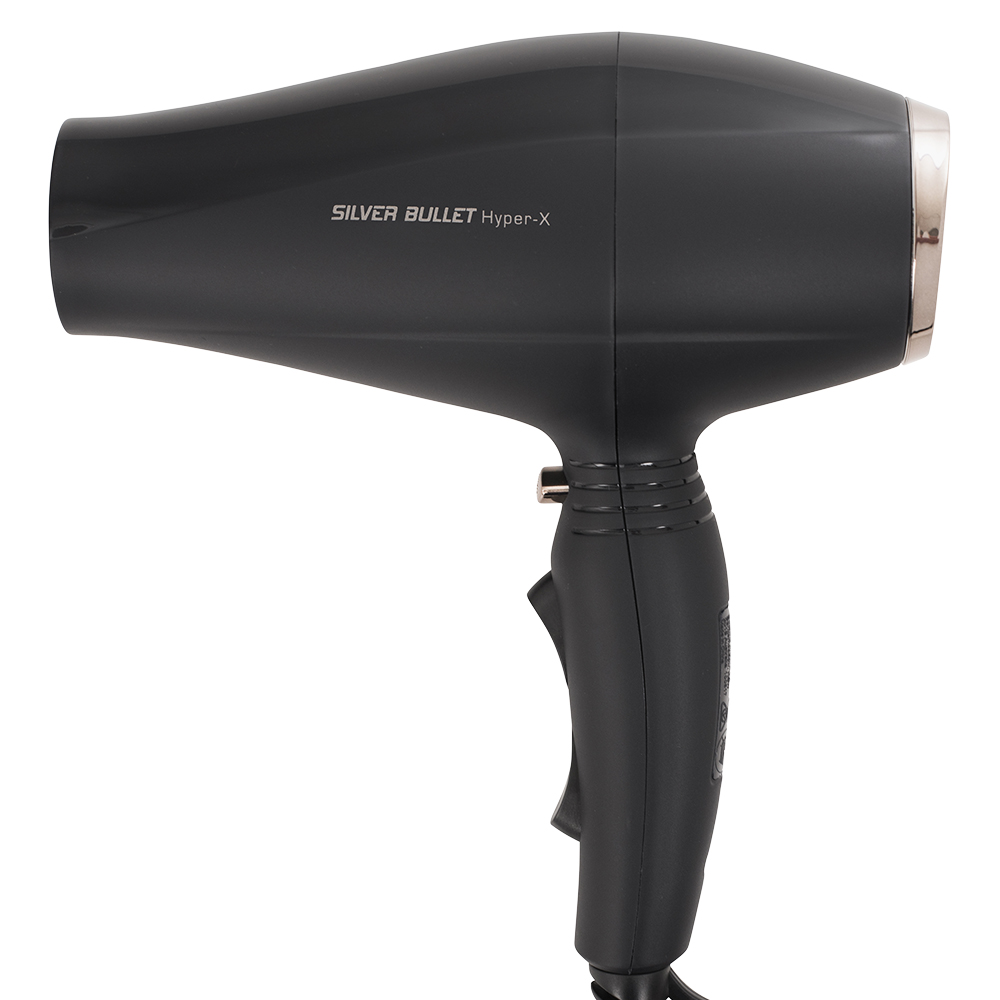

The Super Vel load has done 10 to 11 inches in my gel testing and expands to the point that it could not expand any more without turning inside-out. The ARX does the FBI's 12 inches in the drywall test. The FBI requires that a bullet penetrate at least 12 inches of gelatin or it is an utter, miserable failure (in their opinion). Even at 135, the Super Vel load won't be pushing you around, and the others offer a very mild recoil impulse.

The Super Vel has a PF of 135.9, the Pol圜ase ARX a PF of 116, while the Liberty is a mere 106. A traditional 9mm, with a 115-grain bullet at 1,100 fps posts a PF of 126.5. Power Factor (PF) is a good thumbnail approach to recoil. The muzzle blast can be a bit much, but the recoil certainly isn't. 221 Fireball back to 35,000 psi, and it will be neck-and-neck with the Liberty's Civil Defense 9mm.

Well, the rifle beats the heck out of the Liberty, but only by going from 35,000 psi to the 50,000-psi region. And the Liberty Civil Defense load out of a full-size 9mm pistol rips along at what a small-case. I mean, 1,400 to 1,500 feet per second (fps) from a 9mm pistol is really moving.

The chronograph results for these loads are eye-opening. You can have Super Vel in a 115-grain bullet if 90 is too light for your tastes, but we're interested in the speed demons, so we'll stick with the 90-grain load. The Pol圜ase ARX weighs 65 grains (80 grains for its Ruger-labeled ARX load), and the heavyweight of the high-speed crowd is the Super Vel, tipping the scales at 90 grains and is listed as a +P load. How light and how fast are we talking about with more-or-less regular bullets? Liberty Ammunition's 9mm Civil Defense bullet weighs only 50 grains. What is the pressure of +P+ ammo? Only the ammo maker knows, and they aren't talking. They asked for ammo that meets their specifications (or as close as the ammo maker could comfortably come), they got it, and any gun breakages, malfunctions or shortened life of service pistols is a problem that falls solely on the agency's shoulders. Once the negotiating is over and the check clears the bank, the ammo maker ships the ammunition to the agency with one clear understanding: The agency is on its own. The manufacturer then decides if they can do it and performs testing to determine what the pressure might be. When it comes to ammunition with this rating, a law enforcement agency typically solicits an ammo manufacturer to engineer a load that propels a selected projectile to a specific velocity range. What is +P+ loaded to? It does not have a defined industry standard. In the 9mm, the standard maximum is 35,000 pounds per square inch (psi), and +P is 38,500 psi. Ammunition that is +P rated is loaded to a higher, albeit still safe and known level. But then there are the +P+ loads, and those, well … SAAMI provides pressure specifications so that we know our ammo is safe, and pistol manufacturers know what they have to do to deal with the increase in pressure. The first are known as +P loads, and most service pistols of quality can handle them. Some of these loads are approved by SAAMI, while others are restricted but available. Why should we bring SAAMI into this conversation? Simple: You can do all sorts of detrimental things to yourself and your equipment by exceeding standard pressures - if you're not careful. They are from Liberty Ammuntion, Pol圜ase and Super Vel. Now we ask: When is there enough bullet velocity? When is there too much? For some, that is not a question but a challenge.Ĭurrently, there are three high-speed factory loads that can be found in volume on store shelves that stay within SAAMI pressure specs.
#Gm hansen hyper bullet full
Bullets were full weight, and they didn't move all that fast, at least by today's standards. What seems like a lifetime ago, I was working in radio broadcasting when I first heard the unofficial motto of rock 'n' roll: "Some is good, more is better, too much is not enough." Back then, handgun bullets were simply made of lead and copper.


 0 kommentar(er)
0 kommentar(er)
